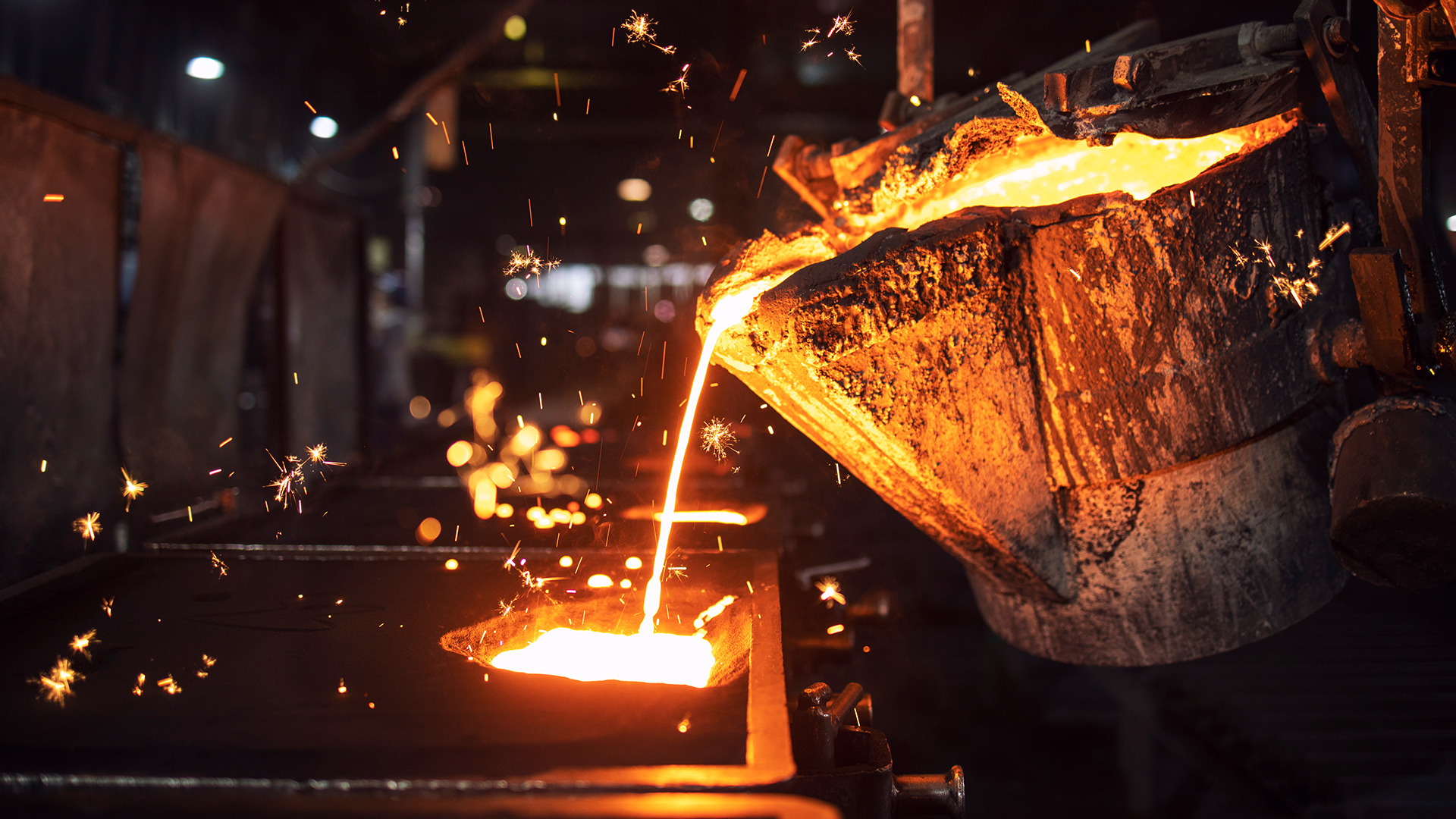•We have excellent quality and high efficiency
At Zuerst, we will introduce advanced metal casting equipment, professional quotation personnel, and combine the latest tools and technologies in the industry. We will provide high-quality services in a short time.
•We provide finishing services to enhance your products
As a one-stop shop, we offer a wide range of complementary finishing services to ensure your products come out perfect. These services include machining, sandblasting, printing and painting.
•We provide intelligent quotes for every project
Our expert engineers will analyze your design in detail and provide a fast, accurate quote for nearly any project in 24 hours or less.
•We offer full manufacturing support and design for remote flexibility
We offer detailed design and manufacturing support to our customers and can even make mock-ups for you. In addition, for customers who are unable to visit in person, we provide detailed video documentation showing all production steps, ensuring you have a complete understanding of the production process.
Metal Casting Technical Standards
Dimension |
Standards |
|
Minimum part weight
|
1g |
|
Maximum part weight
|
10 kg |
|
Minimum part size
|
20×10×5 mm |
|
Maximum part size
|
750×600×300 mm |
|
Minimum wall thickness
|
1.5 mm |
|
Maximum wall thickness
|
40 mm |
|
Minimum possible batch
|
500 pcs |
For die casting metal materials
Why Choose ZUERST?
Experience and Expertise With over two decades of experience in metal casting, ZUERST brings unparalleled expertise to every project. Our skilled team utilizes advanced technology to deliver precise and high-quality components to ensure your project is a success. Quality and Certifications We are committed to maintaining the highest quality standards. ZUERST is ISO 9001:2015 and AS9100D certified, guaranteeing reliable, consistent production results that meet industry requirements.
Customer Support Our dedicated customer support team is available 24/7 to assist you. Whether you need technical guidance or have a specific project inquiry, our experts will provide you with timely and effective solutions, ensuring a smooth and efficient process from start to finish.
Get Started
Ready to begin your metal casting project with ZUERST? Request a quote or contact us for more information. Simply upload your CAD files to receive instant feedback and pricing. Our team is here to support you every step of the way, ensuring precision and efficiency for all your metal casting needs.
OEM
ODM
Distributor














